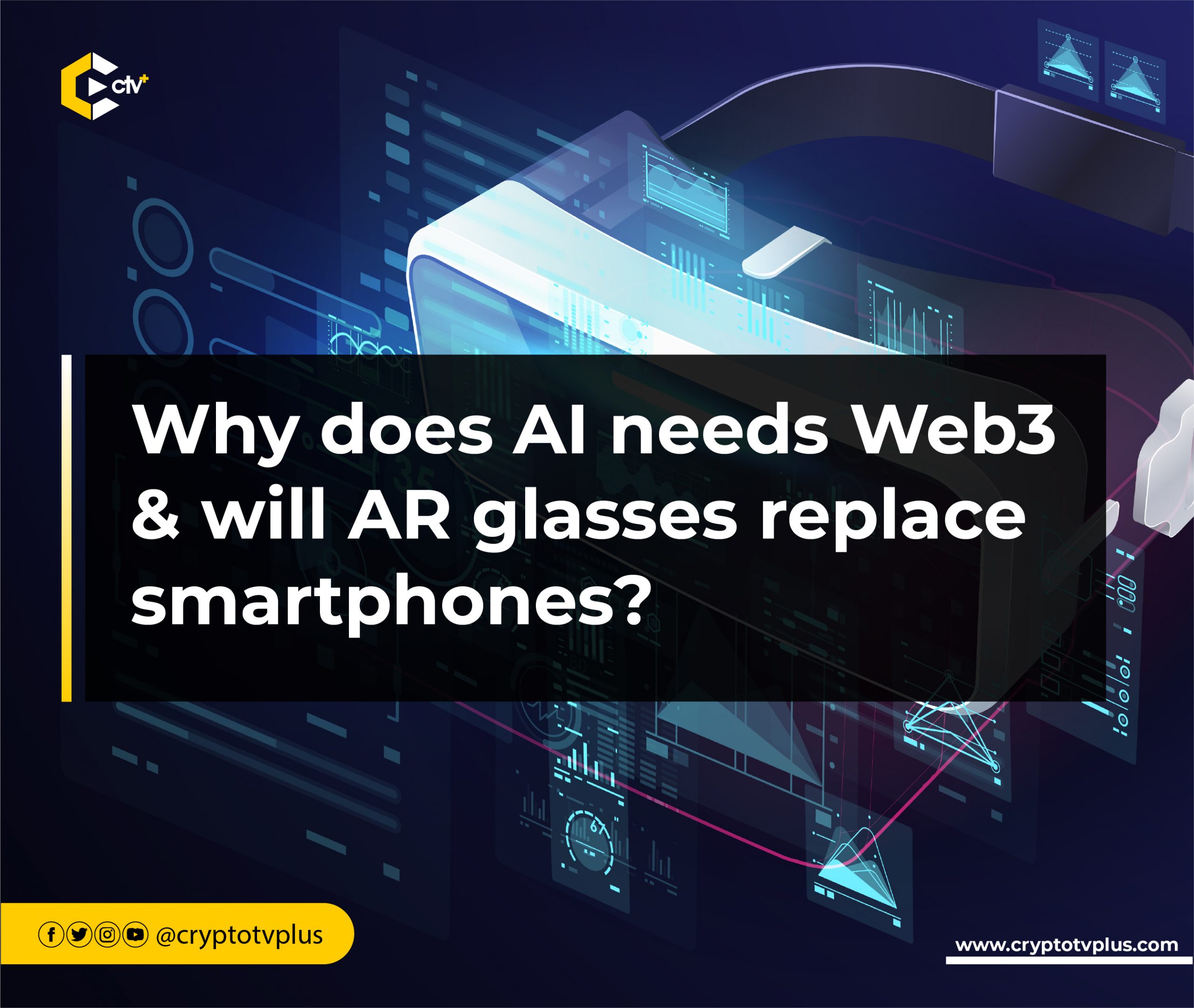News
Why does AI needs Web3 & will AR glasses replace smartphones?

AI and Web3 are two emerging technologies that are transforming the digital landscape. AI can be used to analyze, process, and automate data. The combination of AI and Web3 has the potential to revolutionize the way we interact with/on the internet. Web3 and AI, as different industries, are expected to be worth $49.10 billion and $1.8 trillion respectively, by 2030.
Speaking on the development of artificial intelligence, Cathay Hackl, Chief Metaverse Officer at Journey, noted at Consensus 2023 that AI will need the Web3 infrastructure to be more efficient. She believes Web3 will help solve the problem of trust, which is a core part of today’s discussion globally. In her words, it can serve as the Web3 and the trust layer of AI.
Journey is a global innovation and design studio that pioneers next-gen customer experiences. Founded in 2022, it brings together leading experts with proven track records in innovation and creation. Its founders share a curiosity about what’s next, a love for the creative process, and a commitment to authenticity.
She further explained that the challenge of trust when using artificial intelligence is an opportunity that can be pursued by the Web3 community. Research shows AI has transformed how we live and work, but it has also been implicated in high-profile breaches of trust and ethical standards. AI is used in lethal autonomous weapons, mass surveillance, and healthcare, and is subject to racial bias.
AR glasses to replace phones
Hackl, an expert on virtual worlds, affirmed that augmented reality (AR) glasses will eventually replace the smartphones we use today. It is the reality of the post-smartphone world. Although it may seem daunting because we don’t know what this future will fully be about, “that’s where I think that Web3 layer can help enable trust”.
She believes that for Web3 to go mainstream, there needs to be greater access than restrictions within the industry. It should be as easy as running transactions on several platforms, like a typical e-commerce site. The author also supports the idea of being able to mint an asset online and then be given a physical representative because the two worlds will work together and not in isolation.
Lastly, Hackl noted that the slow pace in the world of the metaverse is normal as users are still grappling with the various aspects of the metaverse. However, the industry is pivoting towards a long-term goal. “I know it’s a little bit hard right now, both on the Web3 side and the metaverse side, but keep building,” she added. “The future, in my perspective, depends on all of us that are in the trenches.”
Read also;

























1 Comment